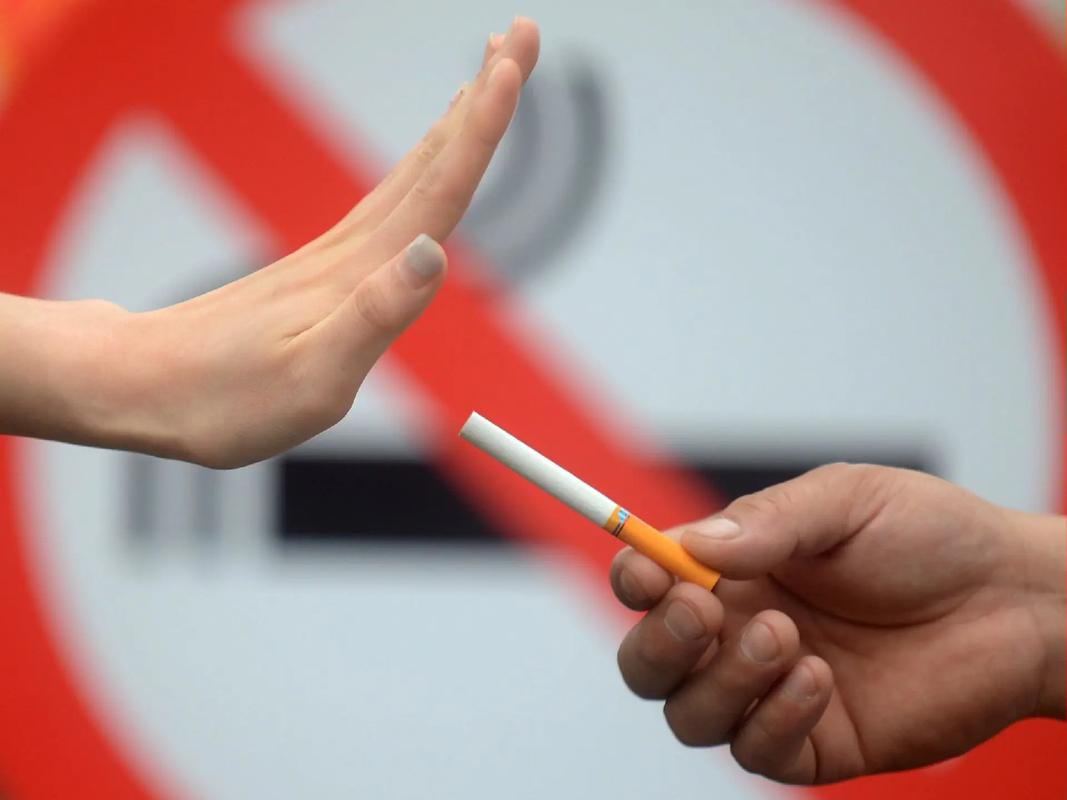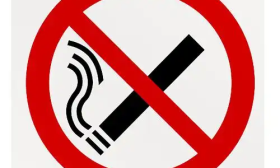The Unseen Link: How Secondhand Smoke Prolongs Hospital Stays for Children with Recurrent Wheezing

Every parent’s heart sinks at the sound of their child’s wheezing—a high-pitched, whistling breath that signals a struggle for air. For many families, this isn't a one-time event but a recurring nightmare known as recurrent wheezing. These episodes can be severe enough to require hospital admission, turning a family's life upside down. While factors like genetics, allergies, and viral infections are often discussed, there is one pervasive and preventable factor that significantly worsens outcomes: exposure to tobacco smoke. The connection between secondhand smoke and the need for hospitalization in children with recurrent wheezing is a critical public health issue that demands our attention.
Understanding recurrent wheezing in children is the first step. It's not a specific diagnosis but a symptom, often associated with conditions like asthma, bronchiolitis, or viral-induced wheezing. A child's airways are smaller and more sensitive than an adult's. When they become inflamed or irritated, the passages narrow, and the air moving through them creates that characteristic wheezing sound. Recurrent wheezing is diagnosed when these episodes happen multiple times, creating a pattern of respiratory distress that can be frightening for both the child and the parent. The impact on a family's quality of life is profound, involving sleepless nights, missed school days, and constant anxiety about the next attack.
When a wheezing episode becomes severe, the hospital becomes the only safe haven. The primary goals of hospital management for pediatric wheezing are to open up the airways, reduce inflammation, and ensure adequate oxygen levels. This often involves administering bronchodilators through a nebulizer or an inhaler, and in more severe cases, a course of oral corticosteroids. The length of a child's hospital stay is the key metric here. It's a direct reflection of the severity of the episode and how quickly the child responds to treatment. A shorter stay means less disruption and a quicker return to normal life. A prolonged hospitalization indicates a more stubborn inflammatory process and a greater struggle to achieve respiratory stability.
This is where the invisible danger of secondhand smoke enters the picture. Secondhand smoke is a toxic cocktail of over 7,000 chemicals, hundreds of which are poisonous and about 70 that can cause cancer. For a child with sensitive, developing lungs, this isn't just an irritant; it's a direct assault on their respiratory system. The mechanisms through which tobacco smoke exacerbates wheezing are multifaceted. The toxic particles in the smoke cause direct inflammation and swelling of the delicate lining of the bronchial tubes. They also paralyze the tiny hair-like structures called cilia, which are responsible for clearing mucus and debris from the airways. When cilia are disabled, mucus builds up, further obstructing the already narrowed passages.
Furthermore, exposure to secondhand smoke is a well-established risk factor for increased susceptibility to respiratory infections like RSV (Respiratory Syncytial Virus), which are common triggers for wheezing episodes. It essentially primes a child's airways to overreact to any trigger, making each subsequent wheezing event more likely and potentially more severe. This constant state of airway hyper-responsiveness is the hallmark of a child struggling with recurrent wheezing in a smoking environment.
The evidence linking secondhand smoke exposure to prolonged pediatric hospitalization for wheezing is compelling and consistent. Numerous clinical studies have shown that children with wheezing illnesses who are exposed to tobacco smoke have significantly longer hospital stays compared to children from smoke-free homes. Why does this happen? The answer lies in the body's heightened inflammatory response. A child regularly exposed to smoke enters the hospital with a greater baseline level of airway inflammation. Their respiratory system is already in a state of heightened alert. When a viral trigger hits, the inflammatory response is exaggerated and more difficult to control with standard medications like bronchodilators and steroids.
Doctors and nurses in pediatric wards often observe that these children require more frequent nebulizer treatments, may need oxygen support for longer durations, and their symptoms take more time to resolve. The smoke exposure has essentially created a deeper hole for the child to climb out of. The treatment doesn't just have to fix the acute problem; it has to fight against the chronic, low-grade inflammation caused by the smoke. This directly translates into an extended length of stay in the hospital, more stress for the family, and a higher risk of complications.
The problem extends beyond the home. Thirdhand smoke, the residual tobacco contamination that clings to surfaces, clothes, hair, and dust long after the cigarette has been extinguished, is a silent accomplice. A child can be exposed to these harmful residues simply by crawling on a carpet, hugging a parent who smokes, or riding in a car where smoking has occurred. For a child with a predisposition to recurrent wheezing, this persistent exposure can be enough to maintain a state of airway irritation, making them more vulnerable to a severe episode that requires hospital admission.
So, what can be done? The solution is unequivocal and entirely achievable: creating a completely smoke-free environment for the child. This is the single most effective intervention to reduce the frequency and severity of wheezing episodes and to prevent lengthy hospital stays. For parents and caregivers who smoke, the best course of action is to quit completely. This not only improves their own health but removes the primary source of danger for their child. Numerous resources are available, including smoking cessation programs, nicotine replacement therapies, and support from healthcare providers.
If quitting immediately is not possible, it is absolutely non-negotiable to make the home and car entirely smoke-free. Smoking outside the house is not a perfect solution, as thirdhand smoke is carried back in on clothes and skin, but it is a vastly better alternative to smoking indoors. Parents should also ensure that other environments their child frequents, such as the homes of relatives or daycare centers, are also smoke-free. Washing hands and changing clothes after smoking, before interacting with the child, can further reduce the risk of thirdhand smoke exposure.
For healthcare providers, this issue underscores the importance of diligent screening. Every child admitted for wheezing should be screened for secondhand smoke exposure. This conversation must be handled with empathy and support, not blame. Providing parents with clear, evidence-based information about how smoking directly impacts their child's health and the duration of their hospital stay can be a powerful motivator for change. Connecting them with cessation resources is a crucial part of comprehensive pediatric care.
In conclusion, the journey to manage a child's recurrent wheezing is challenging, but the path becomes much clearer when we remove the obstacle of tobacco smoke. The link between secondhand smoke and prolonged hospital stays is a stark reminder that a child's respiratory health is deeply connected to their environment. By understanding the profound impact of smoke on airway inflammation and the effectiveness of treatment, we can empower families to take the most important step: shielding their children from this preventable harm. A smoke-free environment is more than a healthy choice; for a child with recurrent wheezing, it is a vital prescription for fewer hospital visits, shorter stays, and the simple, precious gift of easier breathing.












